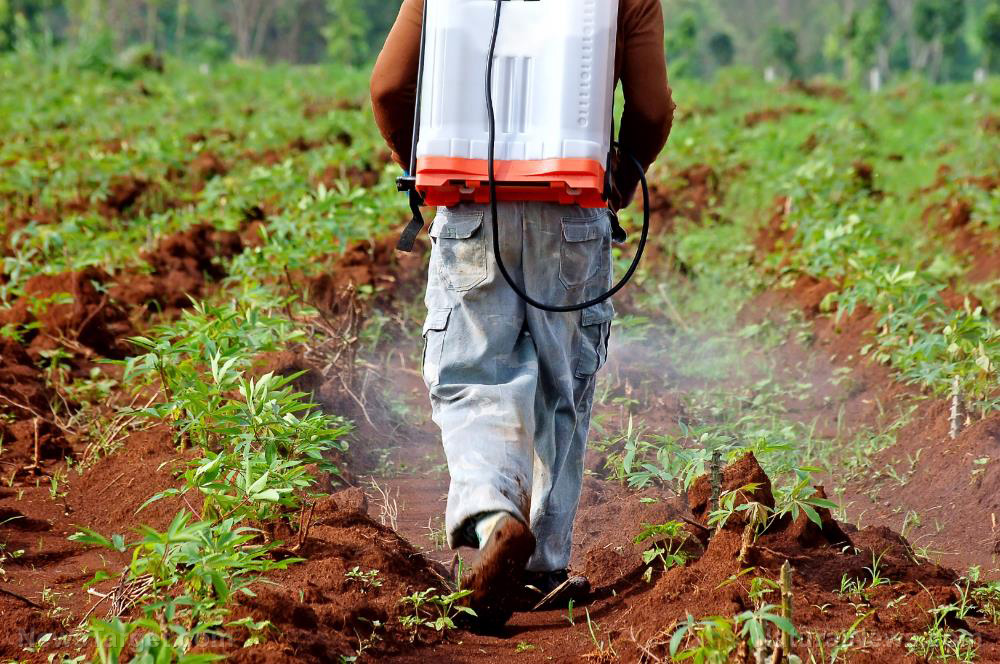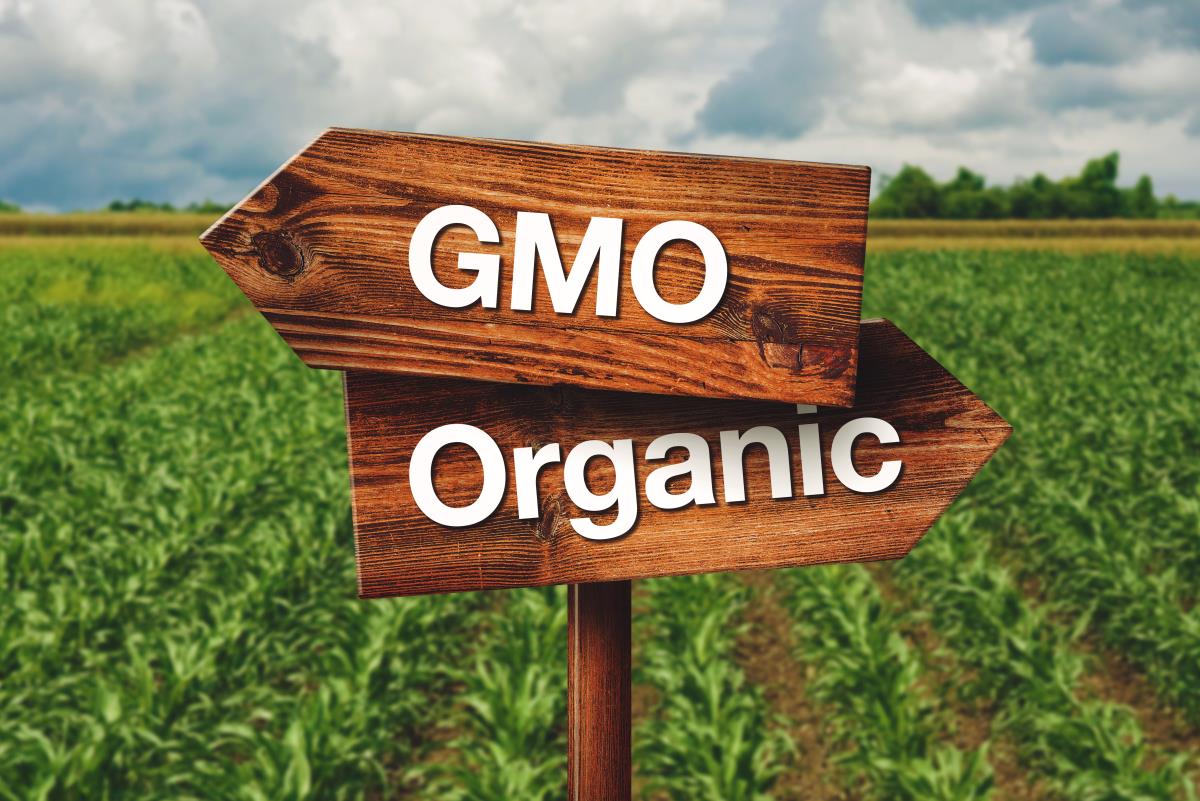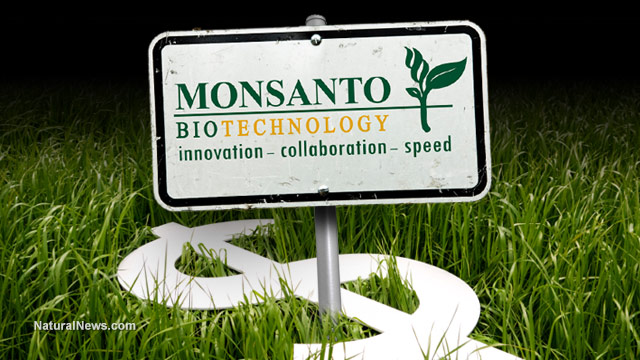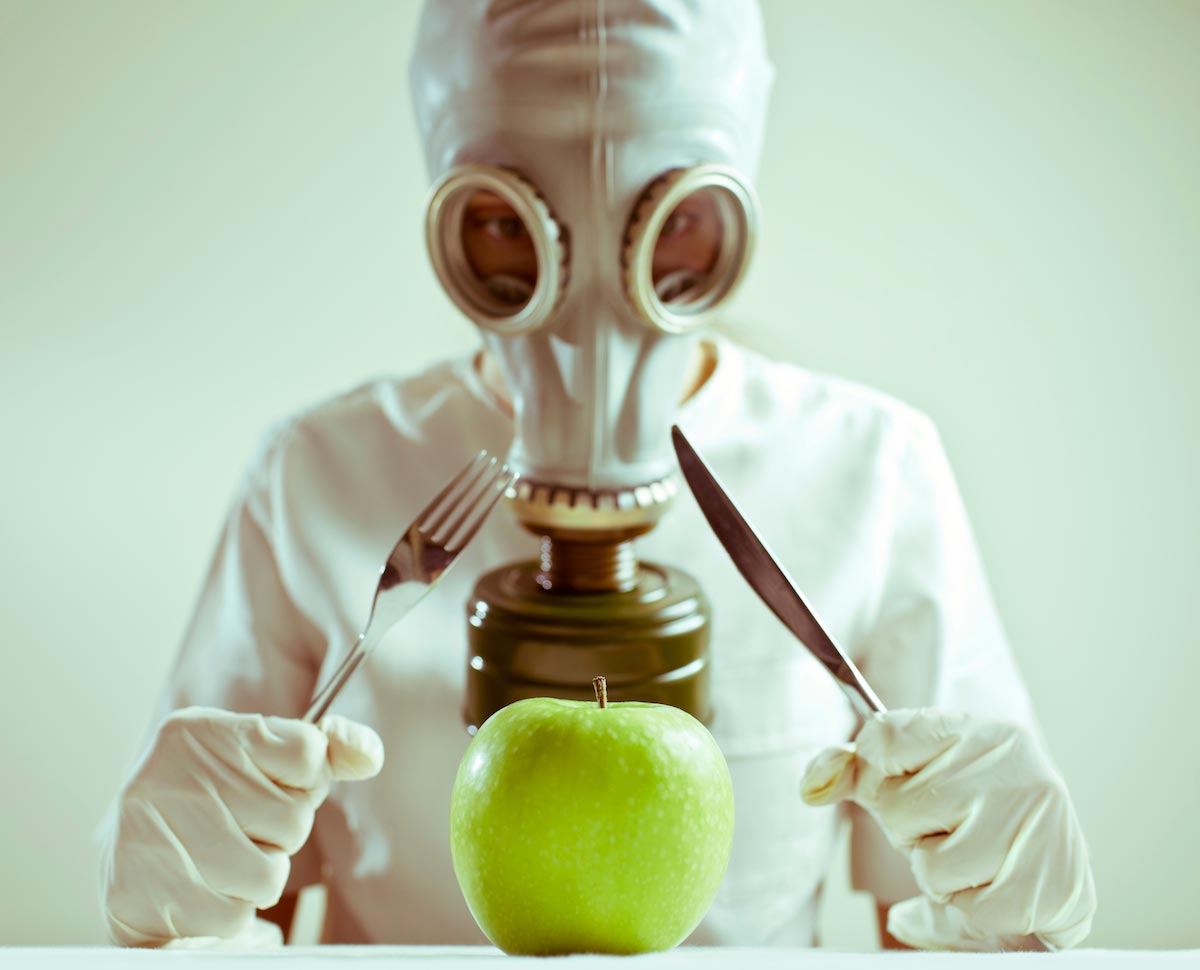Hatching eggs goes natural: Researchers discover that naturally occurring bacteria are just as effective at preventing germs as formaldehyde
03/05/2019 / By Russel Davis

A collaborative effort among the Graz University of Technology in Austria, the biotech start-up Roombiotic, and the Austrian Centre of Industrial Biotechnology (ACIB) has identified a natural method of eliminating harmful pathogens from hatching eggs. The research published online in the Scientific Reports journal has revealed that bacteria producing the compound pyrazine are highly effective in decontaminating the eggs, which are usually treated with formaldehyde. According to the research team, applying pure form pyrazines to egg shells resulted in a decontamination rate similar to the chemical treatment.
“Precisely because of the harmful effects of formaldehyde that are known for a long time hatcheries would benefit from new, more environmental friendly decontamination methods. The widespread availability and the sufficient decontamination efficiency are the main drivers for the application of formaldehyde. In fact, the fumigation of eggshells with formaldehyde leads to a reduction of 99.85 percent for all present bacteria. In our first assessment, pyrazine treatment was shown to have comparable decontamination rates of 99.6 percent in comparison to formaldehyde fumigation, when an adjusted application method was used,” the researchers have noted.
Likewise, the research team has noted that applying even relatively low pyrazine concentrations resulted in a positive microbiome shift in the egg shells. The scientists have also stressed that pyrazines naturally occur in nature and that plants may serve as excellent sources of the bacterial derivative. According to the research team, pyrazines are responsible for the distinct aroma of various vegetables such as beetroots, carrots, and cucumbers as well as broccoli, lettuce, and asparagus.
“Pyrazines are widely spread in nature and primarily known for their characteristic scent. Plants serve as natural source for pyrazines, while bacteria are often used for the industrial production of specific pyrazine derivatives…Due to their widespread occurrence and good availability on the chemicals market, bioactive pyrazines are promising substances for future decontamination approaches. More importantly, the so far evaluated derivatives of alkylated pyrazines are regarded as safe for human consumption at certain intake levels,” the scientists added.
Natural vs. chemical decontamination methods
The researchers have weighed-in on the potential of pyrazines as a safer, more natural means of eliminating pathogens from hatching eggs and compared it with the current chemical-based decontamination methods used in many hatcheries. In the summer of this year, European consumers have raised safety concerns as news broke out that hatching eggs are being exposed to the insecticide fipronil. The insecticide is highly toxic to human health and has been banned for use in animals slated for food production.
The researchers have noted that while the insecticide is not being used directly on the eggs, the harmful chemical is given to sitting hens with chicken lice. The hens exposed to fipronil may pass on the toxic substance onto their eggs, the researchers explained. The scientists have also stressed that many large-scale European hatcheries have traditionally sprayed hatching eggs with formaldehyde to eradicate pathogens. (Related: Formaldehyde now officially listed as cancer-causing chemical; here are the top sources of exposure.)
According to the experts, formaldehyde fumigation may imperil human health as the substance is highly carcinogenic. The research team has also noted that the substance evaporates quickly, thus affecting both local communities and the environment. In contrast, the researchers have observed that treatment with the natural compound pyrazine is just as effective as formaldehyde fumigation in eliminating harmful bacteria.
The scientists have also touted that pyrazines remain liquid at room temperature but evaporate quickly as well. According to the experts, this means that the same set of equipment used in formaldehyde fumigation can be used in spraying pyrazines. The research team is now on the lookout for industry partners to conduct a large-scale testing.
Sources include:
Tagged Under:


















